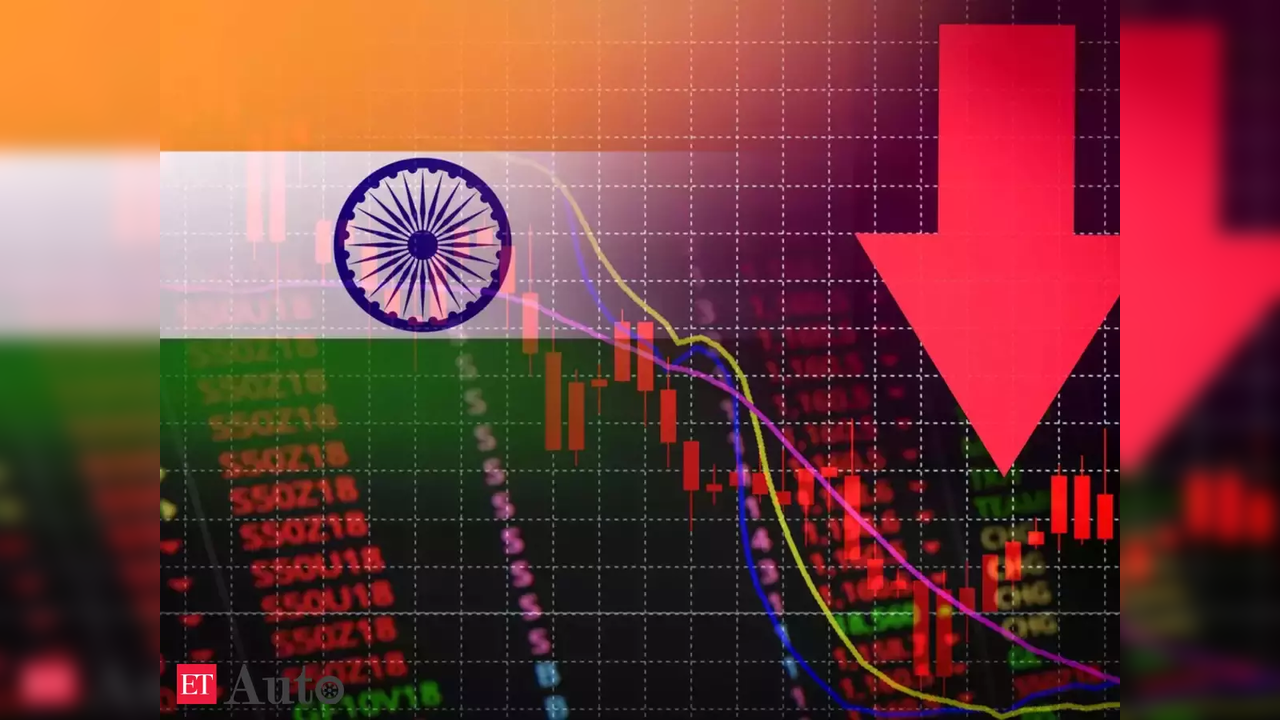
India’s forex reserves have experienced notable swings: rising by nearly 58 billion in 2023 after a sharp 71 billion contraction in 2022. (Representational image)/Source-ET)
The decline comes after reserves had increased by $1.98 billion to $688.13 billion in the week ending 25 April. Despite a $514 million rise in foreign currency assets — the largest component of the forex reserves — to $581.18 billion, the overall tally was dragged down by a $2.55 billion dip in gold holdings, now valued at $81.82 billion. SDRs also dropped by $30 million to settle at $18.56 billion.
The fall has been attributed to dynamic central bank interventions in the currency markets. The RBI has continued its strategy of stabilising the Indian Rupee by selling US dollars during phases of currency depreciation and buying during periods of strength. This approach helps smoothen currency volatility, particularly important amid ongoing geopolitical uncertainties including the fallout of ‘Operation Sindoor’ and heightened regional tensions.
India’s reserves had peaked at a record high of $704.89 billion in September 2023 before gradually correcting, a trend analysts suggest is tied to increased dollar outflows and inflationary pressures. Nonetheless, the central bank estimates that the current reserves are adequate to cover nearly 10–12 months of projected imports — a crucial indicator of macroeconomic resilience.
Over the last two years, India’s forex reserves have experienced notable swings: rising by nearly $58 billion in 2023 after a sharp $71 billion contraction in 2022. In 2024, the trajectory has remained largely positive until the recent blip, bolstered by capital inflows, remittances, and a stable external trade environment.
India continues to hold its reserves mainly in US dollars, with smaller allocations in euros, yen, and pounds. As global financial markets remain volatile, the RBI’s reserve management remains key to shielding the Indian economy from external shocks.
